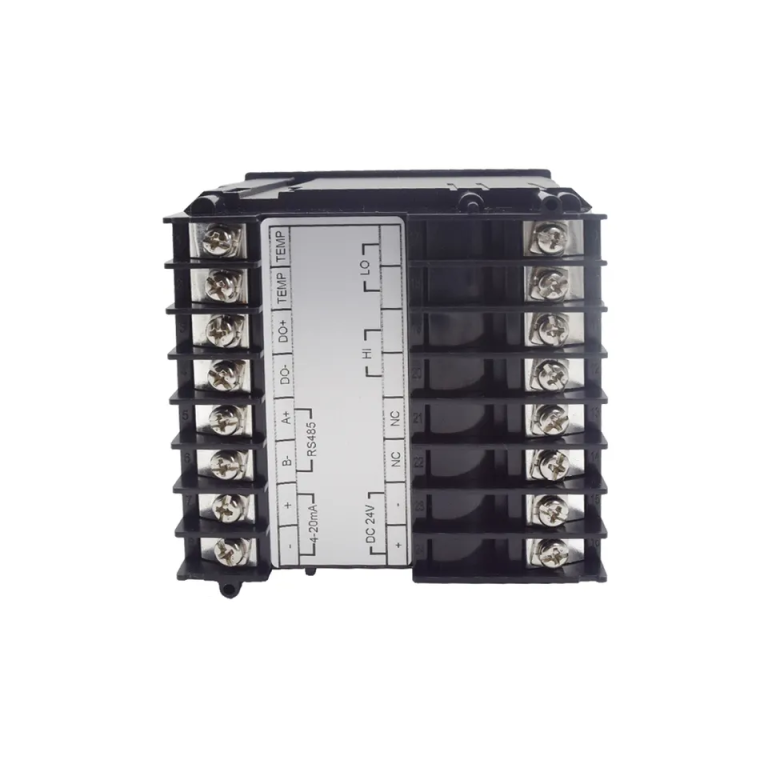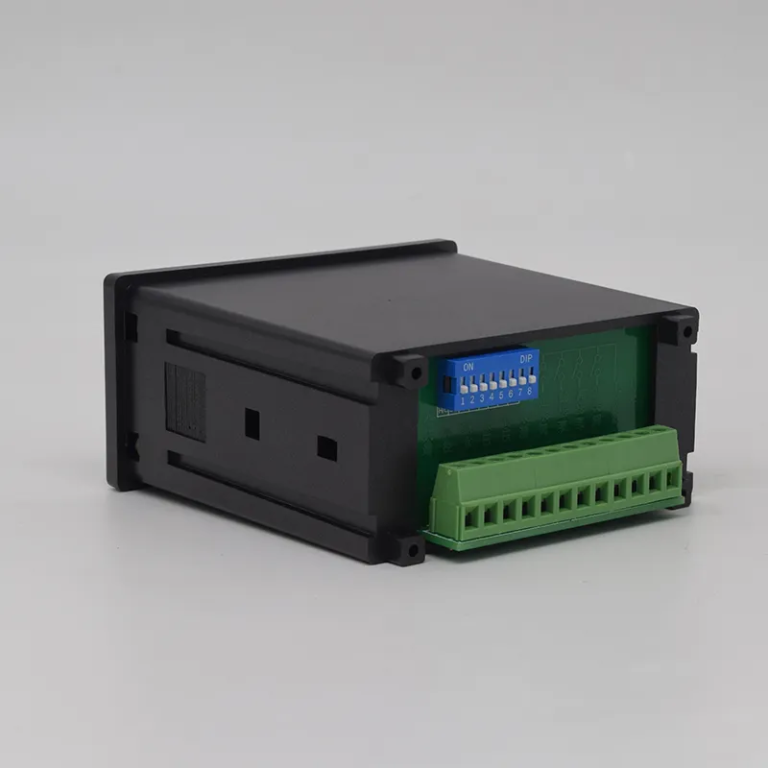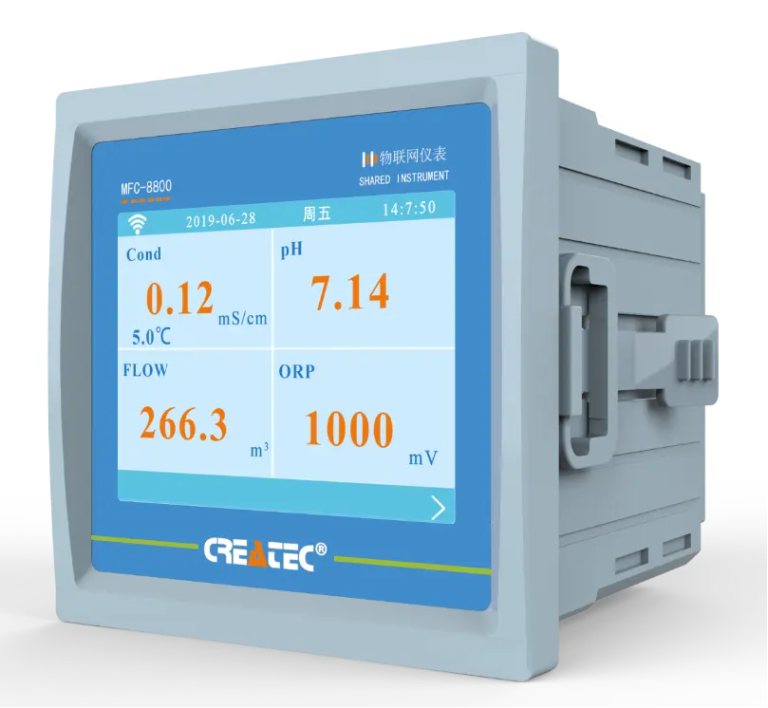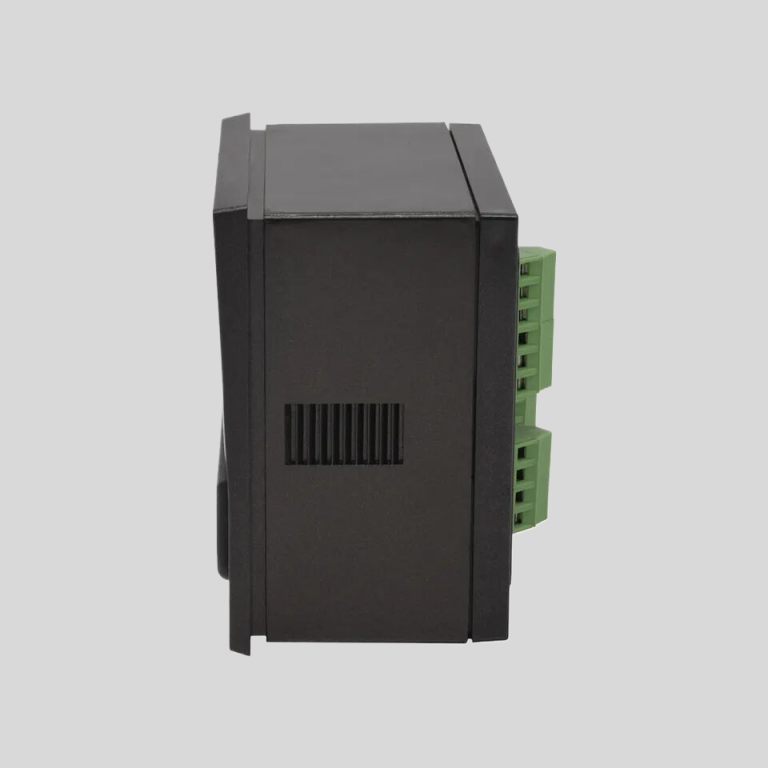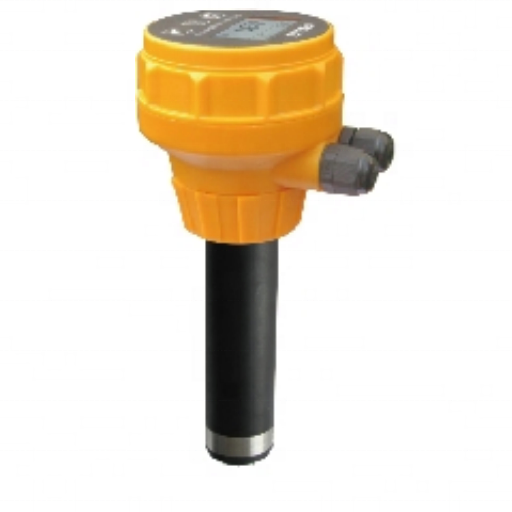Factors Affecting the Cost of Reverse Osmosis Analyzers
Reverse osmosis analyzers are essential tools in the water treatment industry, providing accurate measurements of water quality to ensure safe and clean drinking water. However, the cost of these analyzers can vary significantly depending on a variety of factors. In this article, we will explore the key factors that can affect the price of reverse osmosis analyzers.
One of the primary factors that can impact the cost of a reverse osmosis analyzer is the level of automation and sophistication of the system. Basic analyzers that provide simple measurements may be more affordable, while advanced analyzers with multiple sensors, data logging capabilities, and remote monitoring features will come at a higher price. The complexity of the system and the technology used will play a significant role in determining the overall cost.
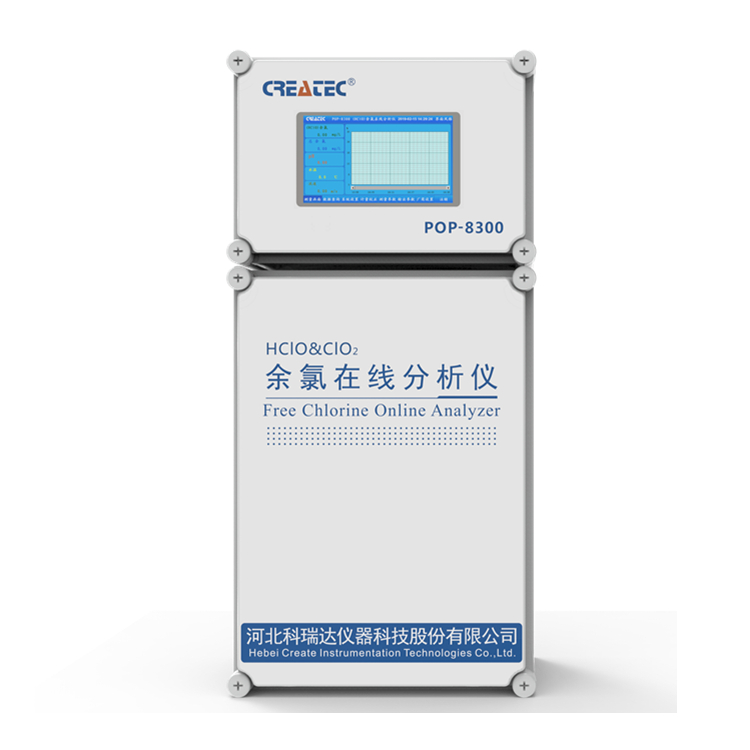
Another factor that can influence the price of a reverse osmosis analyzer is the brand and reputation of the manufacturer. Well-known and established brands may command a higher price due to their reputation for quality and reliability. On the other hand, lesser-known brands or generic products may be more affordable but may not offer the same level of performance or durability. It is essential to consider the reputation of the manufacturer when evaluating the cost of an analyzer.
The type and number of sensors included in the reverse osmosis analyzer can also impact the price. Analyzers with multiple sensors for measuring different parameters such as pH, conductivity, and turbidity will be more expensive than analyzers with a single sensor. The accuracy and precision of the sensors will also play a role in determining the cost of the analyzer. High-quality sensors that provide accurate and reliable measurements will come at a higher price.
| ROS-2015 Single Stage Reverse Osmosis Program Controller | |
| \u3000 | 1.water source water tank without water protection |
| \u3000 | 2. low pressure protection |
| Acquisition signal | 3.pure water tank full protection |
| \u3000 | 4.high pressure protection |
| \u3000 | 5.external control(manual/automatic switch) |
| \u3000 | 1.water inlet valve |
| Output control | 2. flush valve |
| \u3000 | 3. low pressure pump |
| \u3000 | 4.high pressure pump |
| \u3000 | AC220v\u00b110% 50/60Hz |
| Power supply | AC110v\u00b110% 50/60Hz |
| \u3000 | DC24v\u00b110% |
| Control output | 5A/250V AC |
| Flush the way | Low pressure flush/ high pressure flush |
| Relative humidity | \u226485% |
| Ambient temperature | 0~50\u2103 |
| Hole Size | 45*92mm(high*wide) |
| Installation method | The embedded |
| Display usage | Standard RO process flow chart, supporting LED dynamic display |
| Process control | When the system is turned on for the first time,the system performs 30s membrane flushing,\u00a0 |
| instructions | and flush 10s when the machine is running and the water tank is full. Run continuously for 3h |
| \u3000 | or stand by for 3h when the water is full, automatically intervene in flushing for 10s |
The size and capacity of the reverse osmosis analyzer can also affect the cost. Larger analyzers that can handle higher flow rates and volumes of water will be more expensive than smaller analyzers designed for lower flow rates. The materials used in the construction of the analyzer, such as stainless steel or corrosion-resistant plastics, can also impact the price. Analyzers designed for harsh environments or industrial applications may be more expensive due to the need for durable materials.
In addition to the initial cost of the reverse osmosis analyzer, it is essential to consider ongoing maintenance and calibration costs. Some analyzers may require regular calibration and maintenance to ensure accurate measurements, which can add to the overall cost of ownership. It is important to factor in these ongoing costs when evaluating the price of an analyzer.
In conclusion, the cost of a reverse osmosis analyzer can vary depending on a variety of factors, including the level of automation, brand reputation, sensor technology, size and capacity, and ongoing maintenance costs. It is essential to carefully consider these factors when evaluating the price of an analyzer to ensure that you are getting a system that meets your needs and provides accurate and reliable measurements. By understanding the factors that can affect the cost of reverse osmosis analyzers, you can make an informed decision when selecting a system for your water treatment needs.

